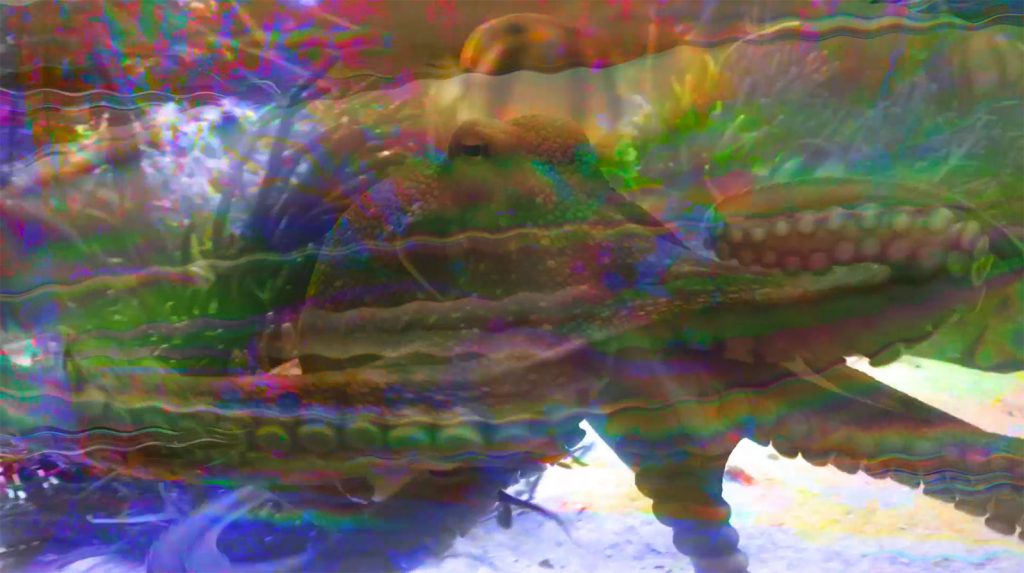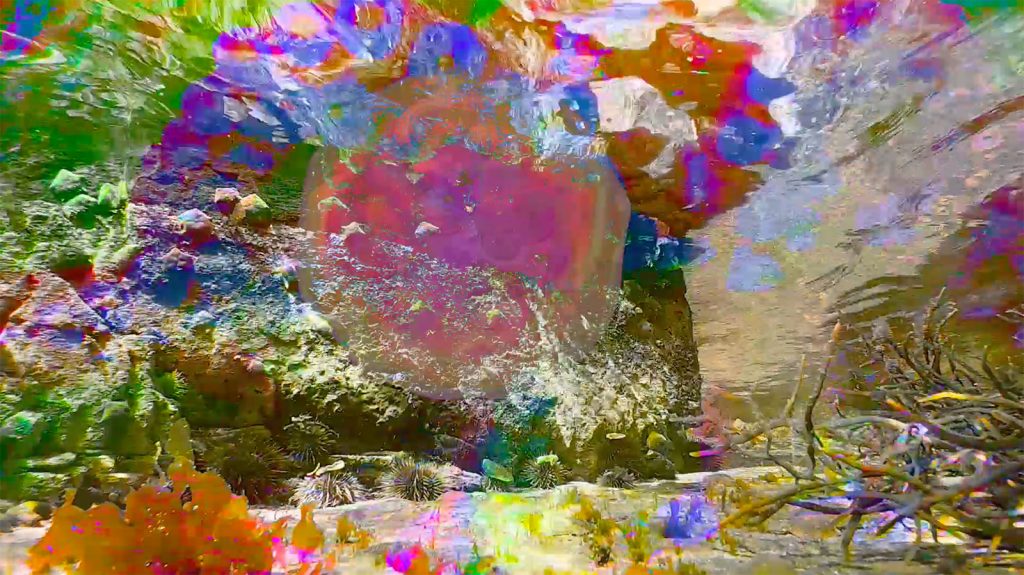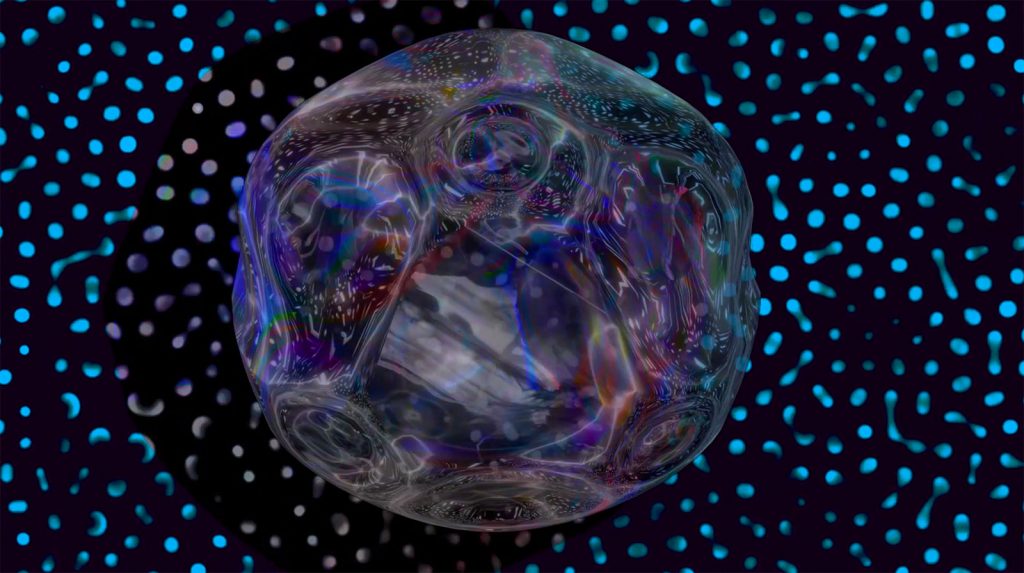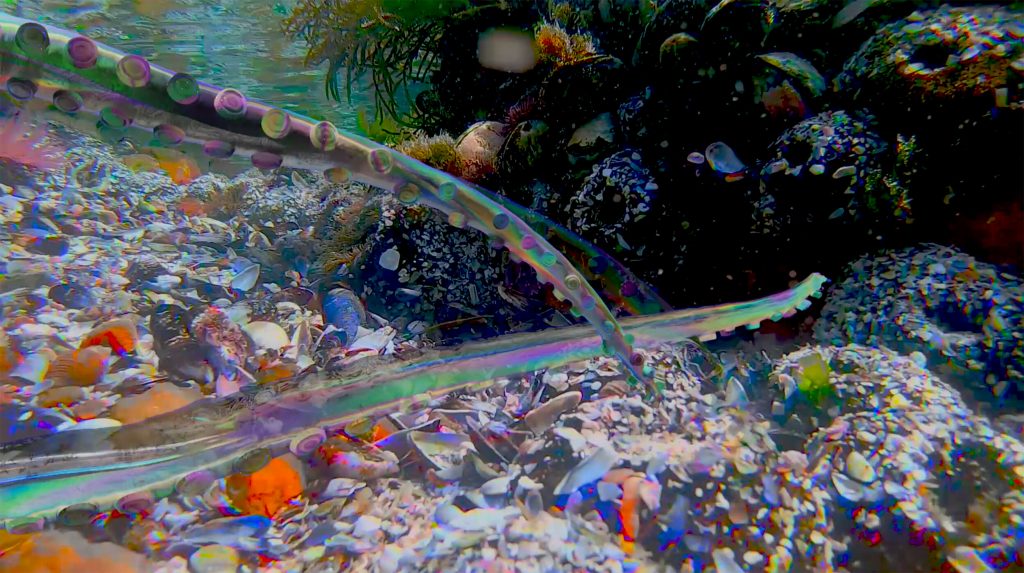
All images are stills from the ‘ Becoming Octopus‘ meditations
What is it like to be an octopus? Would that be a better model for how an AI might be regarded as ‘intelligent’ than assessing how its responses differ from the human? And what would that mean for the way people look at the world? The collaborative artist 0rphan Drift has captured the attention of both scientific and artistic communities by exploring such questions, and I spoke recently with the collective’s founder, Maggie Roberts, to learn more.

Roberts considers octopuses ‘the most beautiful thing I’ve ever seen’, and has been drawn since childhood to how they contrast ‘the incredibly tender and the slightly repellent – like the tiny furling ends of arms touching so lightly with this hugely protean slimy body.’ She talks of how they communicate through colour, see through their skin, and take in more oxygen than most marine animals. The oxygen feeds what has been variously described as their nine brains or their distributed brain: either way ‘a lot of stuff goes on in the eight arms – like chemo-tactile checking things out and deciding what to move towards – through local processes, without needing to send the message back.’ That resonates with the increasingly distributed approach taken in AI, which aims to solve reasoning, planning, learning and perception problems by distributing the problem to autonomous processing nodes, allowing bottom-up and top-down processes to occur simultaneously. If you want a living animal as science fiction, or to represent the possibility of an alien being, then the octopus is best, says Roberts.

Go to Seisma Magazine, a new interface between science and the arts, to read about three projects in detail:
- Becoming Octopus, 2020, a solo work by Roberts, takes the form of eight ‘meditations’ which transport the viewer into the body, sensory attributes and liquid environment of a Common Octopus. A speculative and scientific voiceover is combined with cephalopod footage distorted by experiments with LiDAR scan, visual coding and Blender.
- If AI were Cephalopod, 2019, is an installation, made with Ranu Mukherjee, of film and text which uses broadly similar content to imagine an embodiment of AI, using the octopus as access point.
- The new project, ISCRI (Interspecies Communication Research Institute),a collaboration currently in development with Machine Learning designers Etic Lab, will seek to create an AI programmed by an octopus’s movements and colour changes in a liquid environment, as a radical counter to the human biases which typically find their way in to such systems.

Art writer and curator Paul Carey-Kent sees a lot of shows: we asked him to jot down whatever came into his head









